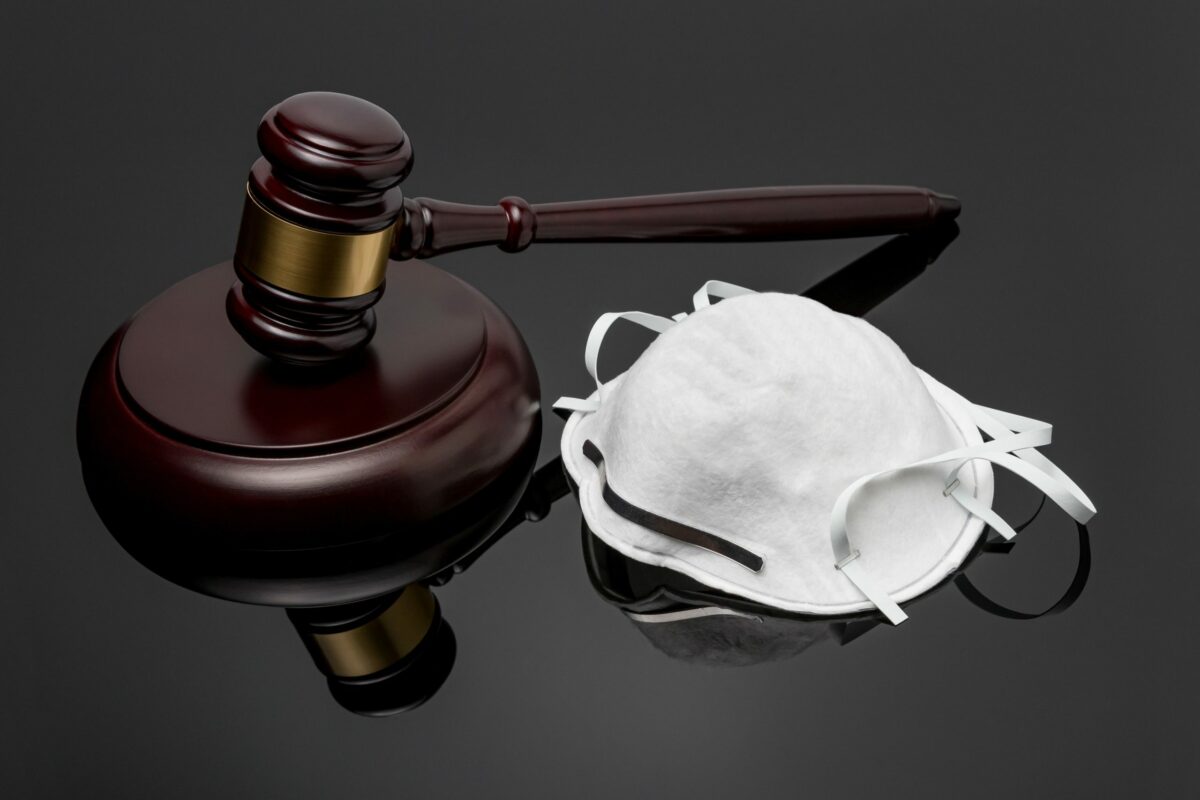BLOG
COVID-19 and Business: Managing Liabilities, Recognising Penalties and Managing COVID-Security
- #COVID19
- #OH&S

Returning to work from COVID-19 lockdown has been a frenetic period for those involved in the management and governance of…
Returning to work from COVID-19 lockdown has been a frenetic period for those involved in the management and governance of occupational risk. Adherence to the ever-changing government guidelines should give some assurance and acceptability to those who are returning to the workplace. The attention of top management will be drawn inevitably to the potential liabilities of failing to act correctly.